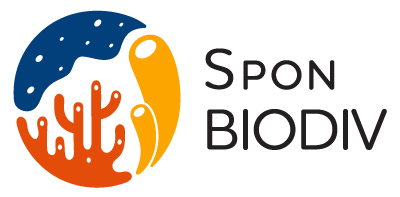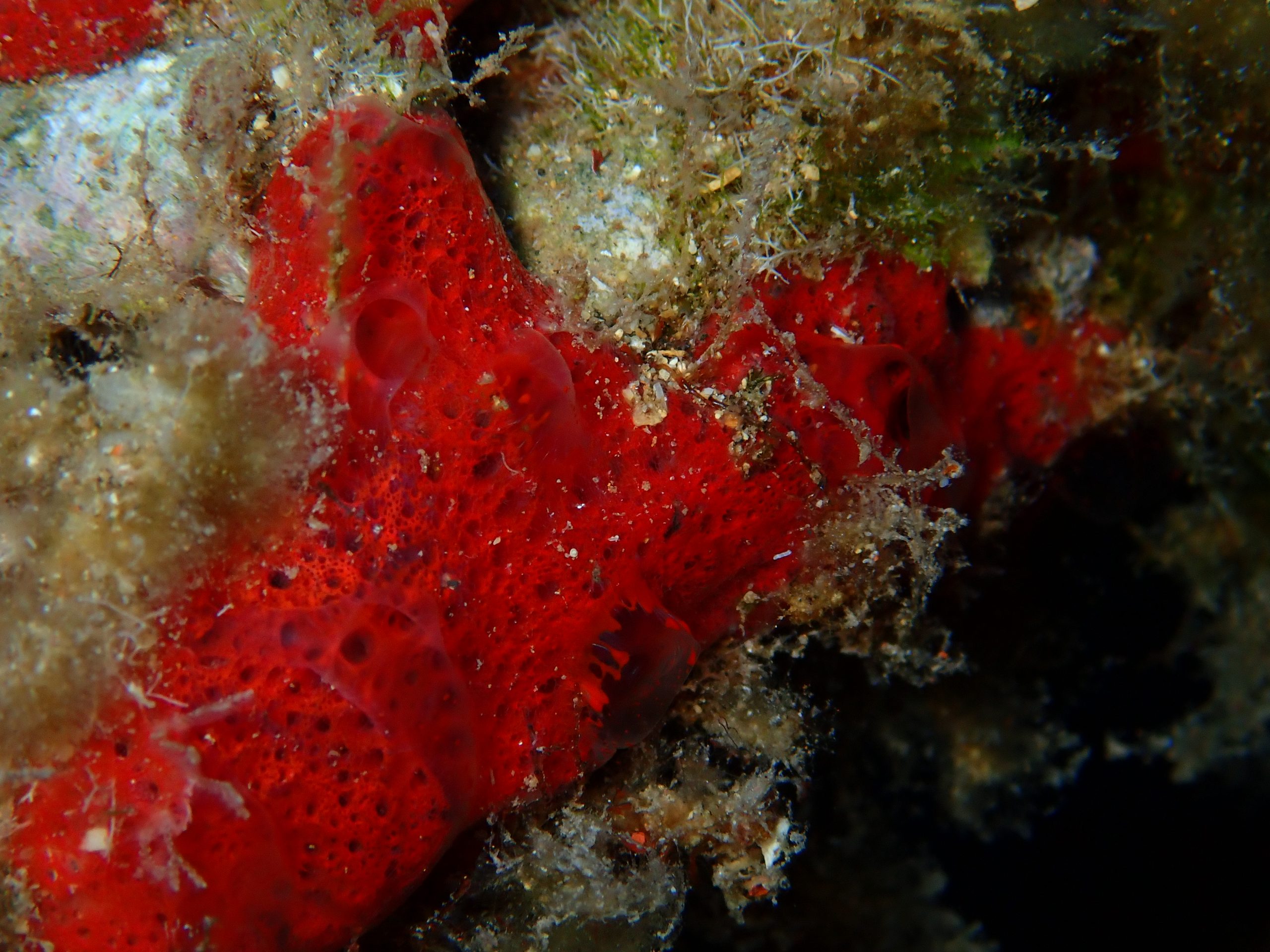Despite few pioneering works in the late XIX and early XX century, the poriferan fauna of Madeira has remained mostly unexplored until today, Madeira being one of the least studied eastern Atlantic archipelagos in terms of its sponge diversity. After a thorough analysis by SponBIODIV researchers, at least 140 sponge species are known to occur in the Madeira archipelago, yet this is still an underestimation of Madeira’s real sponge diversity. New records contained several Mediterranean species that have not been previously recorded in the North Atlantic, several North-east Atlantic species whose presence in Madeira marks their southernmost limit of occurrence, as well as elements from the subtropical West African fauna. Finally, due to a lack of prior baseline it was difficult to conclude if some newly recorded species are non-indigenous, range-expanding or simply previously overlooked native species. However, it is now clear that two previously thought non-indigenous species, Mycale (Carmia) senegalensis and Prosuberites longispinus are in fact native to the Archipelago, their prior status as non-indigenous arising from the lack of prior confirmation of their presence outside of port facilities.



